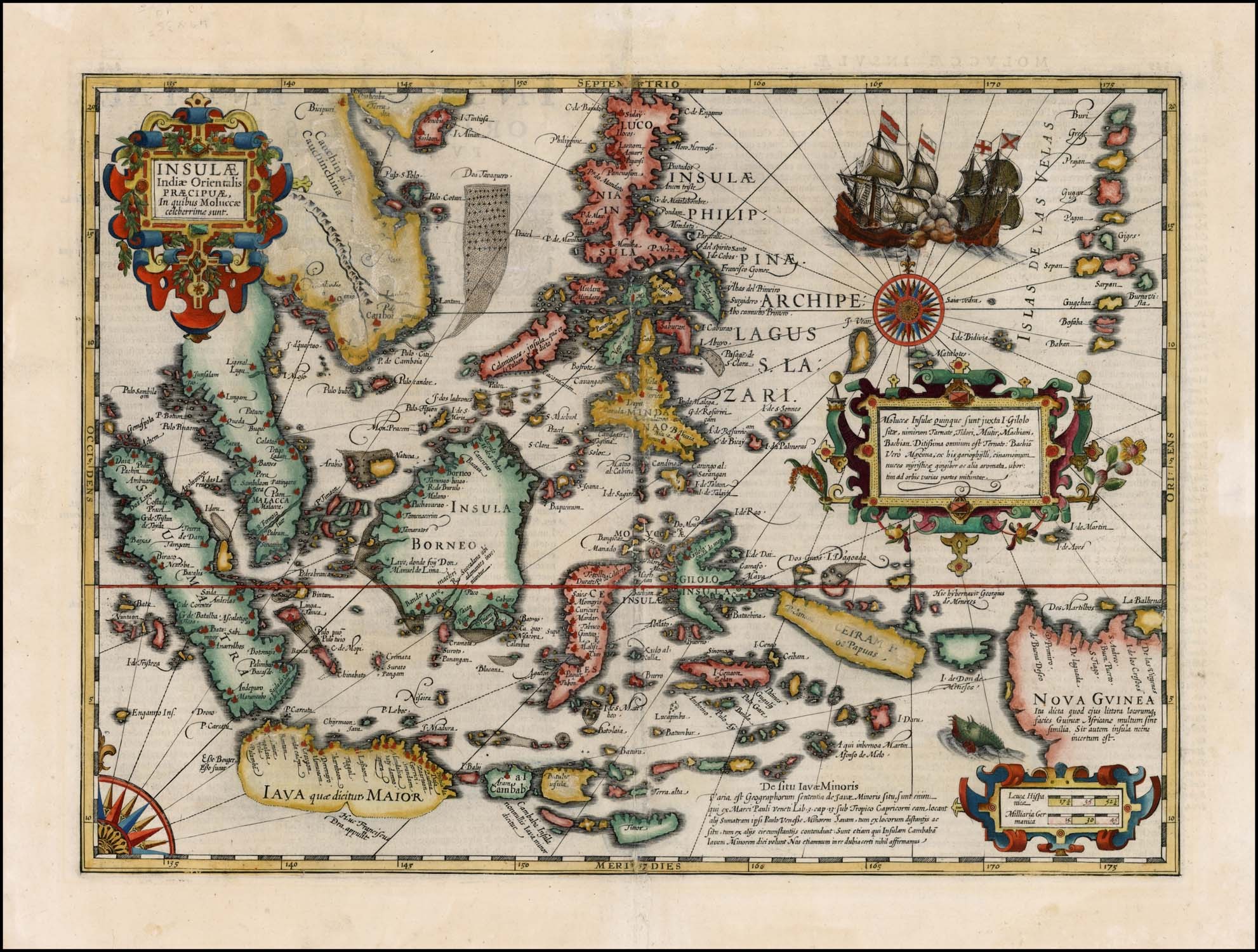|
Dutch Coromandel
Coromandel was a governorate of the Dutch East India Company on the coasts of the Coromandel region from 1610, until the company's liquidation in 1798. Dutch presence in the region began with the capture of Pulicat from the Portuguese in Goa and Bombay-Bassein. Coromandel remained a colony of the Kingdom of the Netherlands until 1825, when it was relinquished to the British according to the Anglo-Dutch Treaty of 1824. It was part of what is today called Dutch India.De VOC site �Coromandel History In 1606, a Dutch ship stopped on the shores of the Karimanal Village near Pulicat, north of the mouth of the lake requesting water.Pandian p.131 Local Muslims offered food and help to the Dutch. They struck a trade partnership to procure and supply local merchandise to the Dutch for trade in the East Indies. Empress Eraivi, a wife of Emperor Venkata II of Vijayanagara Empire, Vijayanagara, ruled ''Prelaya Kaveri'' and during her reign in 1608 the Dutch East India Company was given ... [...More Info...] [...Related Items...] OR: [Wikipedia] [Google] [Baidu] |
Factory (trading Post)
Factory was the common name during the medieval and early modern eras for an entrepôt – which was essentially an early form of free-trade zone or transshipment point. At a factory, local inhabitants could interact with foreign merchants, often known as factor (agent), factors. First established in Europe, factories eventually spread to many other parts of the world. The origin of the word ''factory'' is (; ; , ). The factories established by European states in Africa, Asia and the Americas from the 15th century onward also tended to be official political Dependent territory, dependencies of those states. These have been seen, in retrospect, as the precursors of colonialism, colonial expansion. A factory could serve simultaneously as market (place), market, warehouse, customs, defense and support to navigation and exploration, headquarters or ''de facto'' government of local communities. In North America, Europeans began to North American fur trade, trade with Natives duri ... [...More Info...] [...Related Items...] OR: [Wikipedia] [Google] [Baidu] |
East Indies
The East Indies (or simply the Indies) is a term used in historical narratives of the Age of Discovery. The ''Indies'' broadly referred to various lands in Eastern world, the East or the Eastern Hemisphere, particularly the islands and mainlands found in and around the Indian Ocean by Portuguese explorers, soon after the Cape Route was discovered. In a narrow sense, the term was used to refer to the Malay Archipelago, which today comprises the list of islands of the Philippines, Philippine Archipelago, Indonesian Archipelago, Borneo, and New Guinea. Historically, the term was used in the Age of Discovery to refer to the coasts of the landmasses comprising the Indian subcontinent and the Mainland Southeast Asia, Indochinese Peninsula along with the Malay Archipelago. Overview During the era of History of colonialism, European colonization, territories of the Spanish Empire in Asia were known as the Spanish East Indies for 333 years before the Treaty of Paris (1898), American ... [...More Info...] [...Related Items...] OR: [Wikipedia] [Google] [Baidu] |
Golconda
Golconda is a fortified citadel and ruined city located on the western outskirts of Hyderabad, Telangana, India. The fort was originally built by Kakatiya ruler Pratāparudra in the 11th century out of mud walls. It was ceded to the Bahmani Kings from Musunuri Nayakas during the reign of the Bahmani Sultan Mohammed Shah I, during the first Bahmani-Vijayanagar War. Following the death of Sultan Mahmood Shah, the Sultanate disintegrated and Sultan Quli, who had been appointed as the Governor of Hyderabad by the Bahmani Kings, fortified the city and made it the capital of the Golconda Sultanate. Because of the vicinity of diamond mines, especially Kollur Mine, Golconda flourished as a trade centre of large diamonds known as Golconda Diamonds. Golconda fort is currently abandoned and in ruins. The complex was put by UNESCO on its "tentative list" to become a World Heritage Site in 2014, with other forts in the region, under the name Monuments and Forts of the Deccan Sultanat ... [...More Info...] [...Related Items...] OR: [Wikipedia] [Google] [Baidu] |
Santhome
Santhome is a locality in Mylapore in Chennai city (formerly Madras) in India. History The word ''Santhome'' or ''San Thome'' is derived from Thomas the Apostle, Saint Thomas. The tradition is that he was martyred in AD 72 at St.Thomas Mount in the city, and was interred in Mylapore. Later a church was built over his supposed tomb and today is known as the San Thome Basilica. The Basilica is one of the three churches that claim to have been built over the tomb of an Twelve apostles, apostle. (Others include St. Peter's Basilica in Rome, Italy; the Church of James, son of Zebedee, Saint James the Great in Santiago de Compostela, Spain.) St. Thomas Tomb After Thomas the Apostle was said to have landed in Calicut and preached about Jesus in Kerala, he came to Chennai and preached about Jesus and was killed in AD 72 in St. Thomas Mount and possibly buried in Mylapore (presently Santhome). And as History a small and simple structure (church) was built over the tomb of Saint Thomas th ... [...More Info...] [...Related Items...] OR: [Wikipedia] [Google] [Baidu] |



